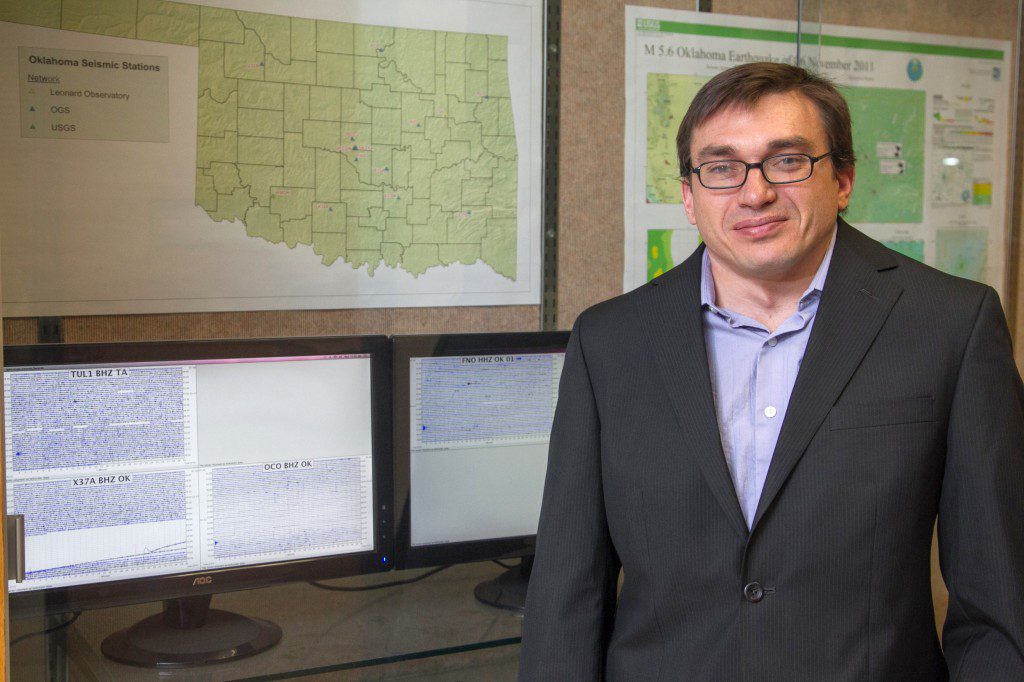
Although Oklahoma generally experiences few earthquakes, the state has seen a drastic increase in frequency within the past two years. This came as a surprise to everyone, including some scientists.
Austin Holland, a survey researcher with the Oklahoma Geological Survey, shares his perspective.
What’s causing the recent earthquakes in Oklahoma?
Oklahoma has a long history of seismic activity. The first documented earthquake in Oklahoma occurred in 1882.
Oklahoma has a long history of earthquake monitoring. The Oklahoma Geological Survey has operated a modern seismic network for 35 years and employed a seismologist to work with the data.
Oklahoma has a greater potential for earthquakes than many places in the mid-continent. The largest earthquake we know to have occurred in Oklahoma happened on the Meers Fault about 1,300 years ago and was about a magnitude 7 earthquake. So clearly there is potential to have a large earthquake.
Oklahoma has seen a dramatic increase in the number of earthquakes. This means that we are also seeing more earthquakes being felt by residents. We know that the earthquakes are in response to naturally occurring stresses. We don’t know whether or not fluid injection from oil and gas activities is having an appreciable effect on helping to release that naturally occurring stress as earthquakes.
Can these origins be traced to man-made causes?
We do see some earthquakes likely triggered by man-made causes. There is a real challenge in identifying which may be man-made and which are naturally occurring. The reason this is a challenge is that these oil and gas activities have occurred for a long time in Oklahoma, and the earthquakes are occurring over very broad areas. In addition, there is very little data available to help address these issues because they have never been issues in the past. It is also very difficult to know what the conditions are deep within the Earth or to observe whether man’s activities have dramatically altered those conditions. We still continue to examine these issues, though.
How likely is it that the number of earthquakes per year and the size of these earthquakes will increase?
Seismologists cannot predict earthquakes, and so we have no way to know what the future holds. We don’t know whether this increase in earthquake activity will continue, or if things will begin to quiet down, but it is not unreasonable – given the current level of seismicity – to assume that the earthquakes will continue for some time with more events being felt by local residents.





















